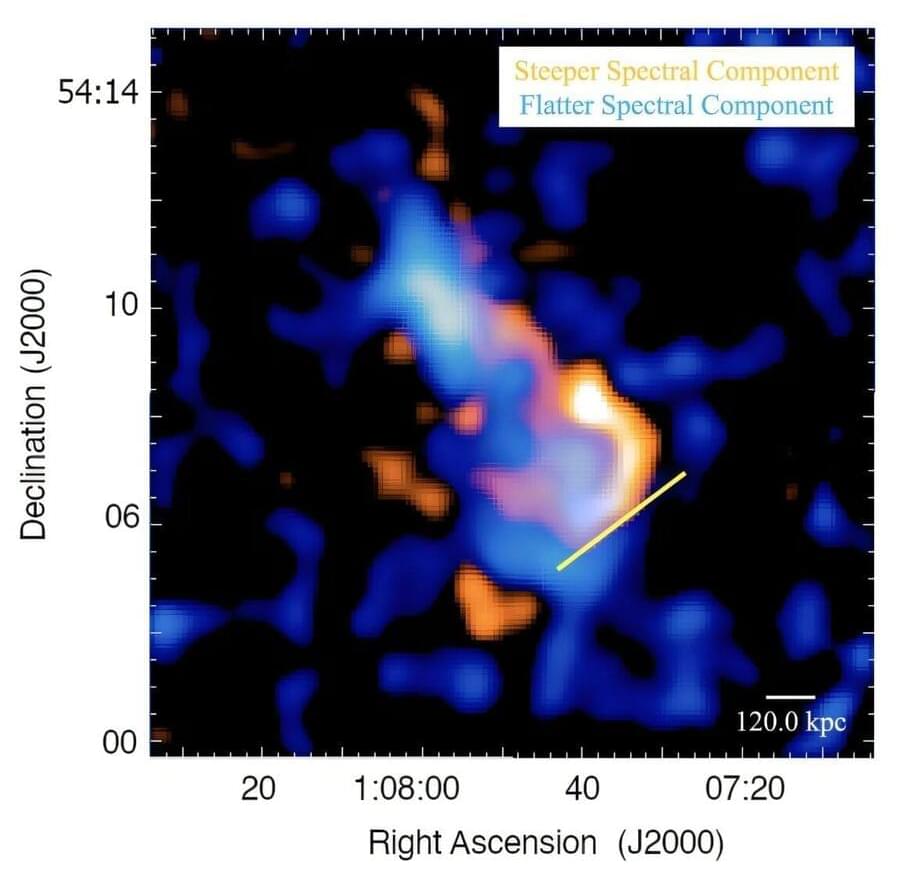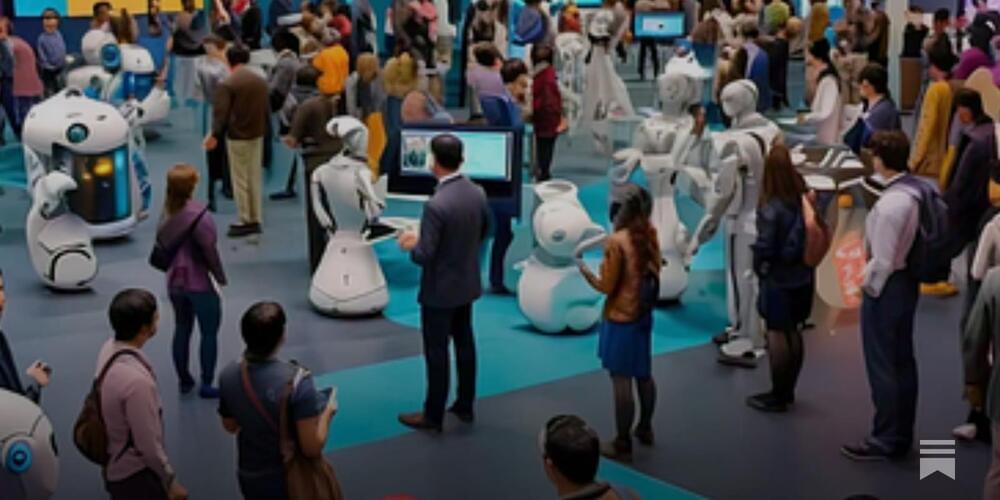Your Personalized AI Chatbot.
Get the latest international news and world events from around the world.

Heart doctor’s ‘surprising’ egg admission
A cardiovascular surgeon has set the record straight about whether or not eggs are bad for your health. Full story.
It’s an age old debate – are eggs bad for your heart?
Dr Jeremy London, a cardiovascular surgeon from the US, posed the question to more than one million of his followers on social media and his answer may be surprising to some.
Dr London told Fox News that “eggs took a really bad rap” through the years, in large part because the American Heart Association (AHA) “came down hard on eggs” for being a poor dietary source and a heart risk.

AI tool helps predicts patient responses to cancer drugs
NCI researchers have developed an artificial intelligence (AI) tool that uses data from individual cells inside tumors to predict whether a person’s cancer will respond to a specific drug. These findings, published today in Nature Cancer, suggest that such single-cell RNA sequencing data could one day be used to help doctors more precisely match cancer patients with drugs that will be effective for their cancer.
An AI tool called PERCEPTION developed by NCI researchers could one day be used to help more precisely match patients with effective cancer drugs.


Observers investigate a nearby galaxy cluster merger
Using the Very Large Array (VLA), an international team of astronomers have observed a nearby galaxy merger known as CIZA J0107.7+5408. Results of the observational campaign, presented December 20 on the preprint server arXiv, could help us better understand the merging processes that take place between galaxy clusters.
Galaxy clusters contain up to thousands of galaxies bound together by gravity. They generally form as a result of mergers and grow by accreting sub-clusters. These processes provide an excellent opportunity to study matter in conditions that cannot be explored in laboratories on Earth. In particular, merging galaxy clusters could help us better understand the physics of shock and cold fronts seen in the diffuse intra-cluster medium, the cosmic ray acceleration in clusters, and the self-interaction properties of dark matter.
At a redshift of approximately 0.1, CIZA J0107.7+5408, or CIZA0107 for short, is a nearby, post-core passage, dissociative binary cluster merger. It is a large, roughly equal mass disturbed system consisting of two subclusters, hosting two optical density peaks, with associated but offset X-ray emission peaks.

Why Dizziness Is Still a Mystery
You can trigger a dizzy spell by standing up too fast, skipping lunch, spinning in a circle, or drinking too much alcohol. Dizziness can be linked to one’s ears, brain, heart, or metabolic system. The treatments, likewise, are heterogeneous. In benign paroxysmal positional vertigo, crystals in the inner ear canals become loose; physical repositioning, known as maneuvers, can usually treat it. For conditions of chronic dizziness called persistent postural perceptual dizziness (P.P.P.D.), vestibular rehabilitation and S.S.R.I.s, which normally treat depression and anxiety, seem to work better. Vestibular migraine is treated through the use of migraine-specific supplements or medications—which wouldn’t be advised for someone with the buildup of inner-ear fluid known as Ménière’s disease.
The sensation we call dizziness is a sort of general alarm system for the body—but just as a fire alarm can’t tell you where a fire is burning (or whether someone walked through the emergency exit by mistake), it doesn’t necessarily tell you what’s wrong. Dasgupta argued that diagnosing the causes of dizziness requires a lost clinical art known as anamnesis, or a holistic interview about the patient’s symptoms and their surrounding context. “This is like detective work,” he said. Diego Kaski, who treats vestibular patients as a consulting neurologist at the U.K.’s National Hospital for Neurology and Neurosurgery, tries to understand his patient’s symptoms by imagining that they are happening to him. He often relies on gestures: if people have vertigo, which includes the illusion of movement, “they might spin their finger or their hand around,” Kaski told me. Others will hold onto their heads or rock their upper bodies from side to side. Patient accounts tend to be psychological as well as physical. “You lose control of what your body is doing, and that can be quite a fearful experience,” Kaski said. Many dizzy people wonder whether they are dying.
While visiting doctor after doctor, I learned from a Google search about what sounded like a dizziness utopia: the German Center for Vertigo and Balance Disorders, or D.S.G.Z., in Munich. It was originally funded by the German federal government and, since 2019, has operated as an interdisciplinary center of the University Hospital of Munich.
NASA Is Watching a Vast, Growing Anomaly in Earth’s Magnetic Field
NASA has been monitoring a strange anomaly in Earth’s magnetic field: a giant region of lower magnetic intensity in the skies above the planet, stretching out between South America and southwest Africa.
This vast, developing phenomenon, called the South Atlantic Anomaly, has intrigued and concerned scientists for years, and perhaps none more so than NASA researchers.
The space agency’s satellites and spacecraft are particularly vulnerable to the weakened magnetic field strength within the anomaly, and the resulting exposure to charged particles from the Sun.

Fermi Paradox: The Nanotechnology Extinction Event
An exploration of how the development of molecular nanotechnology could affect whatever is the solution to the Fermi Paradox.
My new clips and live channel:
My Patreon Page:
/ johnmichaelgodier.
My Event Horizon Channel:
Philosophy of Mathematics: Platonism
A non-technical introduction to platonism in the philosophy of mathematics.
Philosophy of mathematics is important, especially for philosophers interested in metaphysics. Suppose, for instance, you have nominalist tendencies, and you argue against the existence of abstract objects. Well, probably the most important kind of abstract objects are found in mathematics. Any serious nominalist needs to give an account of them.
Yet philosophy of mathematics is also, for obvious reasons, quite technical, and it can be pretty daunting for those who have less mathematical training. Nevertheless, I think the basic arguments can be made accessible to anyone who’s interested, and that’s what I’ve tried to do in this video.
For further reading on phil of mathematics, I recommend: “Thinking About Mathematics” by Stewart Shapiro and “Introducing Philosophy of Mathematics” by Michele Friend. These are both fairly orthodox introductions. For an introduction that focuses more on contemporary issues (it has just a few pages devoted to formalism, logicism, and intuitionism, yet a whole chapter on paraconsistent mathematics), I recommend “An Introduction to the Philosophy of Mathematics” by Mark Colyvan.
There is some debate about how exactly to formulate the Quine-Putnam Indispensability Argument. In this video, I’ve followed Colyvan (see his aforementioned “Introduction”).
Re 43:26: I’m not sure why I said that. Obviously, Von Neumann did not hold the absurd belief that every ordinal *is* the ordinal before it; rather he believed that every ordinal is *the set of* all ordinals before it.